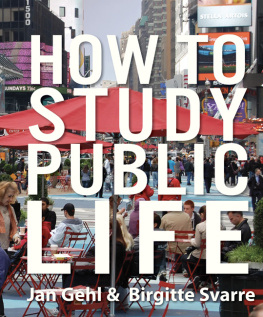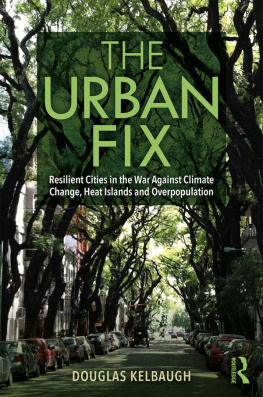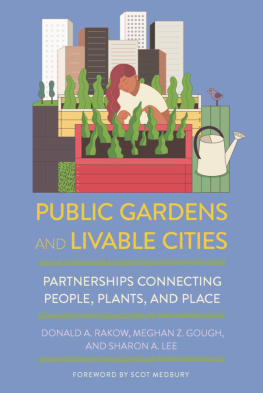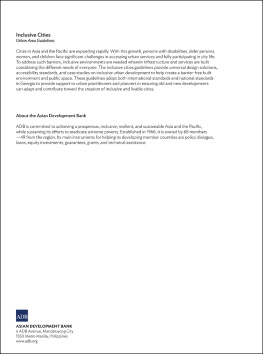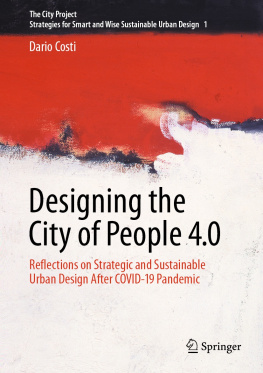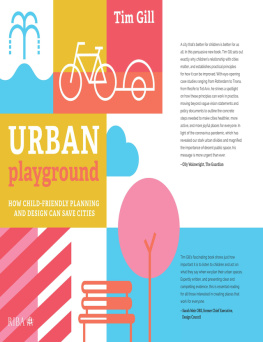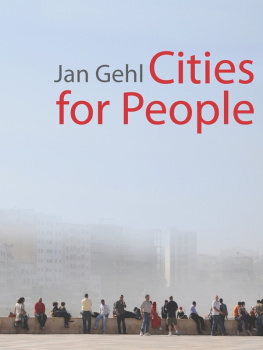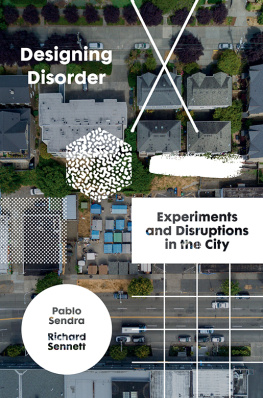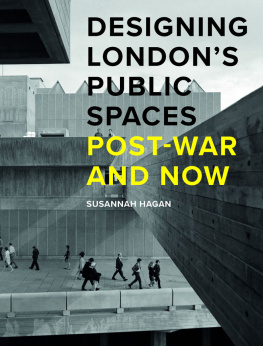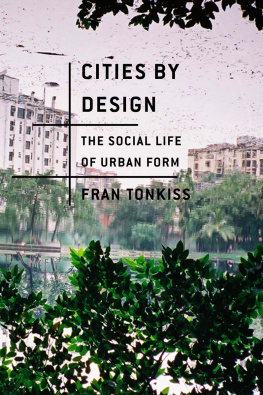About Island Press
Since 1984, the nonprofit Island Press has been stimulating, shaping, and communicating the ideas that are essential for solving environmental problems worldwide. With more than 800 titles in print and some 40 new releases each year, we are the nations leading publisher on environmental issues. We identify innovative thinkers and emerging trends in the environmental field. We work with world-renowned experts and authors to develop cross-disciplinary solutions to environmental challenges.
Island Press designs and implements coordinated book publication campaigns in order to communicate our critical messages in print, in person, and online using the latest technologies, programs, and the media. Our goal: to reach targeted audiencesscientists, policymakers, environmental advocates, the media, and concerned citizenswho can and will take action to protect the plants and animals that enrich our world, the ecosystems we need to survive, the water we drink, and the air we breathe.
Island Press gratefully acknowledges the support of its work by the Agua Fund, Inc., The Margaret A. Cargill Foundation, Betsy and Jesse Fink Foundation, The William and Flora Hewlett Foundation, The Kresge Foundation, The Forrest and Frances Lattner Foundation, The Andrew W. Mellon Foundation, The Curtis and Edith Munson Foundation, The Overbrook Foundation, The David and Lucile Packard Foundation, The Summit Foundation, Trust for Architectural Easements, The Winslow Foundation, and other generous donors.
The opinions expressed in this book are those of the author(s) and do not necessarily reflect the views of our donors.
HOW TO STUDY PUBLIC LIFE
Jan Gehl and Birgitte Svarre
Translation by Karen Ann Steenhard

Copyright 2013 Jan Gehl and Birgitte Svarre
All rights reserved under International and Pan-American Copyright Conventions. No part of this book may be reproduced in any form or by any means without permission in writing from the publisher: Island Press, 2000 M Street NW, Suite 650, Washington, DC 20036
Island Press is a trademark of Island Press The Center for Resource Economics.
Gehl, Jan, 1936
[Bylivsstudier. English]
How to study public life / by Jan Gehl and Birgitte Svarre ; translation by Karen Ann Steenhard.
p. cm.
Translation of the authors Bylivsstudier.
Includes bibliographical references.
ISBN-13: 978-1-61091-423-9 (cloth : alk. paper)
ISBN-10: 1-61091-423-6 (cloth : alk. paper) 1. City planning.
2. Public spacesSocial aspects. I. Svarre, Birgitte. II. Title.
HT166.G43713 2013
307.1216dc23
2013023649
Printed on recycled, acid-free paper
Manufactured in the United States of America
10 9 8 7 6 5 4 3 2 1
Project team
Camilla Richter-Friis van Deurs, graphic layout and cover
Annie Matan, project assistant
Kristian Skaarup, project assistant
Emmy Laura Perez Fjalland, student assistant
Johan Stoustrup, student assistant
Janne Bjrsted, student assistant
English translation
Karen Ann Steenhard
This project was conducted as a research project under the auspices of Gehl Architects Urban Quality Consultants, Copenhagen.
The project was made possible with the financial support of Realdania, Copenhagen.
Keywords: Action research, area studies, behavioral mapping, diary method, GPS, modernism, pedestrian activity, pedestrian realm, photo documentation, shadowing, social responsibility, stationary activity, simulation laboratory, sustainability, time-lapse photography, tracking, urban policy
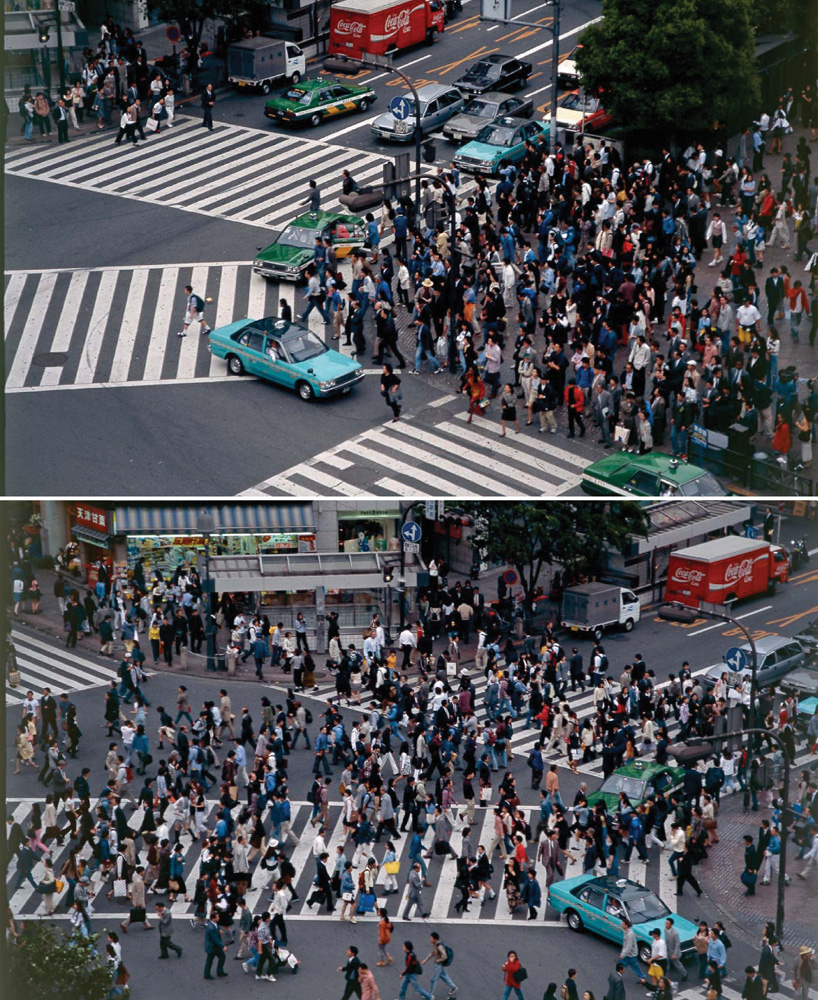
Shinjuku Station, Tokyo, Japan. Approximately 1990.
Foreword by George Ferguson
Jan Gehl has devoted a lifetime to the field of public life studies, which has developed since the sixties when, as a young student of architecture, I first became aware of his work. Gehls vision is one of making cities fit for people. He and his colleagues, including Birgitte Svarre, have written about it and advised cities, developers, NGOs and governments.
This book goes behind the scenes and reveals the variety of tools in the public life studies toolbox. A proper understanding of its application is vital to all those involved in city planning and others responsible for the quality of life in our cities.
As more of us move to the city, the quality of urban life moves higher on both the local and global political agendas. Cities are the platform where urgent matters such as environmental and climate questions, a growing urban population, demographic changes, and social and health challenges must be addressed.
Cities compete to attract citizens and investment. Should that competition not be focused on the quality of life, on the experience of living in, working in, and visiting cities rather than on those superficial aspects represented by the tallest building, the biggest spaces or the most spectacular monuments?
This fascinating books examples from Melbourne, Copenhagen, New York and elsewhere illustrate how, by understanding peoples behaviour and systematically surveying and documenting public life, our emphasis can change.
Major changes can take place by using public life studies as one of the political tools. Think back five years; nobody would have dreamt of turning Times Square into a people place rather than a traffic space. Public life study was a key part of the process that enabled it to be realized so successfully.
Look and learn is the underlying motto of this book: get out in the city, see how it works, use your common sense, use all senses, and then ask whether this is the city we want in the 21st century? City life is complex, but with simple tools and systematic research it becomes more understandable.
When we get a clearer image of the status of life in cities, or even just start to focus on life, not on individual buildings or technicalities, then we can also ask more qualified questions about what it is we want and then public life studies can become a political tool for change.
The study of public life represents a cross-disciplinary approach to planning and building cities, where the work is never finished, where you always take a second look, learn, and adjust always putting people first. It is the essence of good urbanism.

George Ferguson CBE, PPRIBA
Mayor of City of Bristol, United Kingdom
Preface
Public life studies are straightforward. The basic idea is for observers to walk around while taking a good look. Observation is the key, and the means are simple and cheap. Tweaking observations into a system provides interesting information about the interaction of public life and public space.
This book is about how to study the interaction between public life and public space. This type of systematic study began in earnest in the 1960s, when several researchers and journalists on different continents criticized the urban planning of the time for having forgotten life in the city. Transport engineers concentrated on traffic; landscape architects dealt with parks and green areas; architects designed buildings; and urban planners looked at the big picture. Design and structure got serious attention, but public life and the interaction between life and space was neglected. Was that because it wasnt needed? Did people really just want housing and cities that worked like machines? Criticism that newly built residential areas lacked vitality did not come only from professionals. The public at large strongly criticized modern, newly built residential areas whose main features were light, air and convenience

